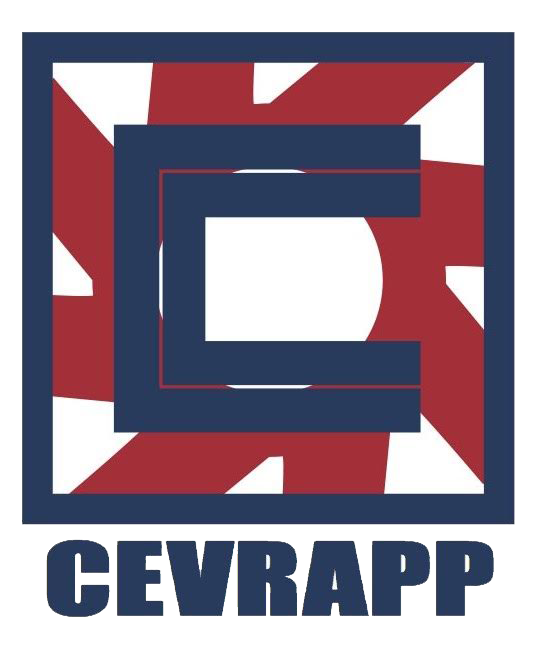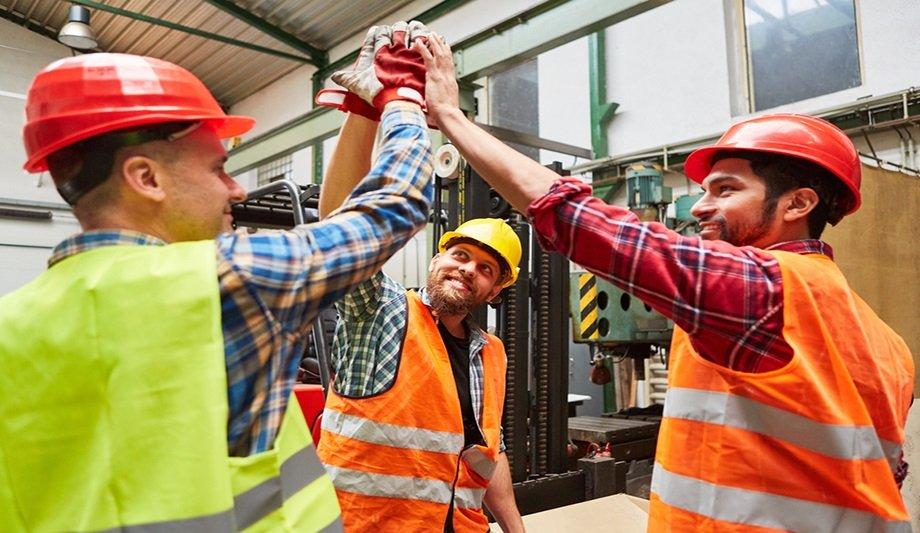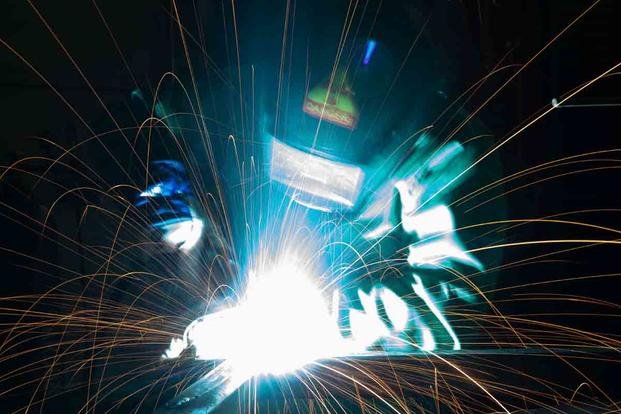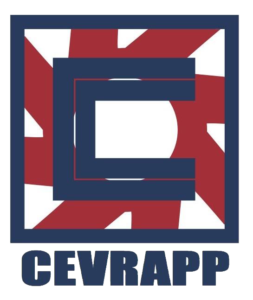We strive to supporting enhancing and adding value to the maintenance sector and its skilled trades professionals through our innovative products and services towards a more transparent profitable and standarized technology wise industry and its supply chain.
The field of professional service vendors and Smes is highly demanding due to market conditions competitors and their responsibilities ensuring basically all infraestructure continues to be up and running making the world turn, you name it from reparing any electrical gas or renewable energy source device to equipments and machinery all the way to facility management from plumbing to heating or cooling.
Mastering all these knowhow and abilities is not for the faint of heart, however these crafts are very rewarding both at a personal and professional level, therefore with the right learnings tools and environment the skilled trades professionals can make waves in the marketplace disrupting daily operations.
Like in every sector, there are both micro and macro issues impacting performance for Smes which need to be prioritized, at micro level skilled trades professionals face issues from reactiveness during workflows to budget allocation and everything inbetween, however at a macro level technology adoption is a challenge and the fact of matter is that companies and skilled trade professionals have not embraced digitization mainly due to lack of established frameworks and standards unlike other industries where technology standards have long been in place, in the case of our specifi industry we believe there is a will and therefore there should be a way for better technology adoption throughout the supply chain and its professionals.
This is a challenge in itself increasing interactions within the marketplace is critical to improve interoperability seamlessly, hence without common technology standards along the supply chain players from larger companies to Smes including professional service vendors are forced to navigate a maze of custom integrations making it difficult to swap or upgrade systems such as POS or back of house solutions.
This technology standarization is positive because it helps reducing complexity and costs along the value chain, a no brainer since many large companies within the industry lean on standards to achive precisely this, technology wise or not big companies standarise everything like Mcdonalds Walmart and Nike, the big fishes go deep into these strategies reaping benefits of it, however the smaller folks and Smes just hear about it but do not get to put their hands on it,
So, will they ever be able to reap greater benefits? Will they ever make it work?
Professional service vendors and Smes are forced to rebuild integrations for every new client consuming time and costs, therefore by enhancing and strenghtening business networks vendors are enabled now to develop integrations faster and scale across multiple clients saving on resources. This is why awareness of these inputs are important in order to onboard it all.
Why then the skilled trades vendors and maintenance especialists should implement more and better technology standards? In order to better understand where we come from and where we are heading as a sector we shall dive into recent history,
In the 1950s and with the expansion of modern office spaces and more complex buildings there was a growing demand for organised maintenance as during this period it was primarily reactive. In the decades to come and with increasing number of energy efficient systems a purely reactive maintenance system fell simply short.
The need for better monitoring and control of repairs led to the adoption of planned maintenance strategies in order to optimise energy usage as well as being compliant with regulations and ensuring governance alligment, despite the many different types of qualities and safety required by facilities the need for industry standards that could be applied was awakening therefore establishing a benchmark for standarized maintenance also technology wise.
A more technological standarized industry would ensure that resources like time manpower and materials are used efficiently as well as it helps to reduce complexity drives innovation and streamlines technology selection ensuring optimal and smoother outcomes towards business daily operations, therefore in a potential phenomenal scenario all the moving parts within the sector should have sticked to the same guidelines ensuring therefore higher performance.
In addition to the scale factor larger buildings would have different requirements in terms of maintenance and upkeep, therefore these standarizations would come in pretty handy for professionals service providers who deal with these facilities, each business unit within would require distinct heating and cooling measures that need scheduling inspections and balancing energy efficiency, hence posing real challenges to maintenance standards and requirements,
Nowadays maintenance still is a daunting part of the business however with strategy planning and updated tools we can bend it. Either way from where we stand today there has been major progress by adding innovations to the mix which should not be understated, the fact of the matter is that data and analytics technology are company´s new best friends and everyone in the field of maintenance should leverage from it as it supports the creation of greater services and products meeting audience needs far better, this means that technology comprehencion throughout an specific marketplace could be an answer to more resilient sectors, meaning, deploying proper valuable technology for Smes to be added to their toolkit.
Different technologies and software development are core components to make this happen enabling new features that streamline productivity and operations for internal teams as well as professional service vendors, as a matter of fact we keep pushing the envelop to enable Smes reaching global markets.
Standarizing more advanced innovations is the new game changer for Smes enabling now companies to have within their grasp the power of choice, whether remain small in local markets or reaching for the stars by increasing the amount of deals and opportuntitites available in wider more reliable and more transparent markets,
Today we are far passed the 50´s and as the world keeps turning change is the only sure thing, therefore cementing the present and future for the maintenance industry becomes compulsory in order to better cater to all sectors and their various expectations as well as the professional service vendors who run their businesses daily keeping the engines of the industry switched on.
Over the last decades a trend towards digitisation is being carried out as mentioned earlier, and at the forefront of this transformation is software for repairs and facility management in multiple shapes and forms such as Cmms Mes Saas or ERPs and when combined with traditional methods the best of each and every business emerges, from data management to enhanced bottom lines and performance, however it is not about solving issues one company at a time that will give us edge as a whole but strenghtening the ecosystem for companies to thrive in will.
We believe there is a flow of knowledge when it comes down to supply chain management and where attributes become very important such as reliability and authenticity. These characteristics combined with powerful innovation have the potential to allow supply chains to be digitaly rebuilt creating a separate but paralel interacting business setting.
Furthermore if we are able to pull this off for the supply chain, it could increase speed of business and its sustainability therefore ensuring that the whole process is carried out according to standarizations and compliant all the way through from the source to the end customers.
Beyond all the hype for innovations and all its advantages for companies daily operations as well as professional service vendors, pulling the plug from the nitty and gritty is out of question as it still needs to get done, daily routines from scheduling and inspections to cleanliness are the corner stone of facilities and maintenance and are vital to maintaining equipments healthy and in good shape, meaning, developing a proactive approach to maintenance backed up by tangible and friendly technology is the way to go.
Certaintly we do not mean that every single Smes and business out there will be suitable to follow suit to technology standarizations and upgrades but the choice at least should be on the table, we believe that both companies and skilled vendors need to rely on technology adoption mainly because they would enjoy more upsides than downsides,
Folding it up, if you and your business are in the delivering services side within the supply chain and your company is rocking it in the market now those are great news, but we should not rest in the laurels and stare at things, rather we should identify and partner with tools that are reliable and committed to the best outcomes for all participants within the value chain.










